The drastic shift from going online raised students anxiety and stress. Not only that but it also changed the way students were used to learning. Since most classes were online during the COVID-19 pandemic, students missed out on connecting with professors and classmates on campus. After the pandemic, students are able to return to campus and would rather attend classes on campus opposed to being online.
Palomar student Gianna Bournazos said she has experienced both online and in-person classes at Palomar College. If she had the choice, she would prefer to learn in person.
“I feel like being in person, you could be more hands-on and interact with people, whereas online, you just have an assignment due at 11:59 p.m., and that’s it,” said Bournazos.
Throughout universities, college students struggled mentally during the pandemic since classes were online. The National Student Clearinghouse Research Center reported, “approximately 560,000 undergraduate students that enrolled in the fall of 2020 dropped out of school.”
In a research report by the United States Department of Education, community colleges “were also hit hard, with enrollment among 2020 high school graduates down slightly in fall 2020.”
Dr. Tina Recalde, who is the assistant superintendent and vice president of Instruction at Palomar College, mentioned in an email that, “Considering the Fall 2019 course success rate and the most current Fall term, we have noticed a slight increase above ‘pre-pandemic level’ in course success rate.”
Bournazos described that her experience with online has been mostly positive. “I feel like I’m relatively lucky, I haven’t had anything significantly impact me before like a challenge that I would have to overcome,” she said.”Other than just maybe I feel like since I’m an only child just the pressure of wanting to make my parents proud and wanting to succeed in order to make them happy since I’m the only child.”
She also has some advice for those who are struggling mentally. “Sometimes you feel like you’re alone, but you’re never alone. There is always someone that you could talk to, whether it’s a friend of yours, a teacher, or a classmate,” she said. “Besides my parents motivating me, I would say that overall I want to do well in school for myself and make the people around me happy as well.”
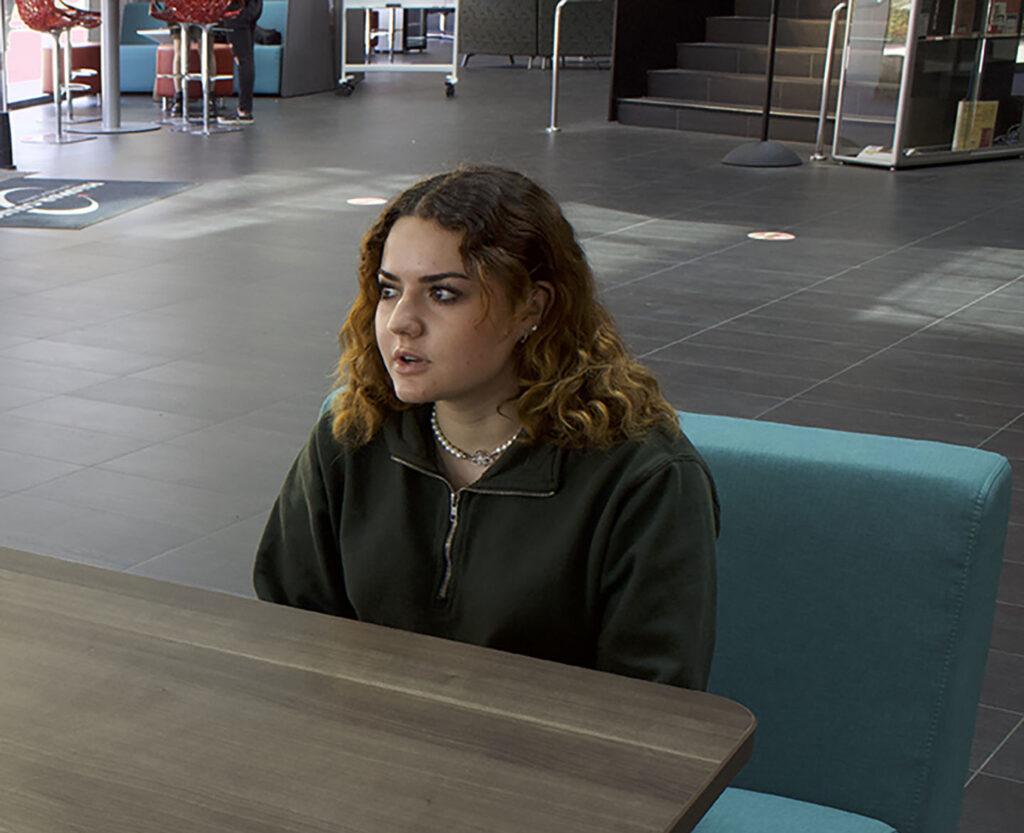
“I feel like being in person, you could be more hands-on and interact with people, whereas online, you just have an assignment due at 11:59 p.m., and that’s it,” said Gianna Bournazos. (Photo by Arturo Ramos)
Another student, Kylie Anda, mentioned her struggle with the transition online to in-person.
“It was difficult for me at first because everyone was so cautious about masking, but I’ve definitely lost some work habits for sure because online I was able to procrastinate and didn’t learn as well online as I did in person,” she said. “I feel like being seclude like I didn’t see anyone for so long because honestly my community is what’s helped me through study groups and learning together helping each other out and it felt kinda weird not seeing anyone.”helped me through study groups and learning together helping each out and it felt kinda weird not seeing anyone. I would go on Discord calls everyday with my friends to try to keep up with them and catch up with them.”
On campus, the staff and faculty are helpful to students that need support through their challenges in classes.
“Palomar College offers extensive tutoring and counseling services to assist students in achieving their goals.” Dr. Recalde also explained, “In addition, our behavioral health counseling services provide individual, couples, and group counseling services, consultation, outreach, and psychological services to support Palomar College students.”
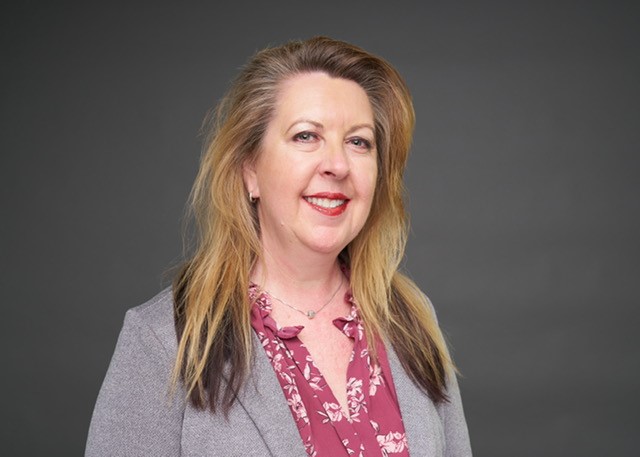
Dr. Tina Recalde. (Photo courtesy of Palomar College.)
Dr. Recalde’s vision is to “provide students with the wrap-around support services including financial aid, counseling, behavioral health counseling, tutoring and learning services, and disability-related resources and accommodations.”
“I would like all our students to know that our faculty, staff, and administrators are here to support our students in their journey,” she said.
Being online was hard on students, especially since professors weren’t prepared. According to a research report by the International Journal of Pharmaceutical Research and Allied Science, author Nisreen Daffa Allah Omer Hajedris, “Students also reported many challenges to online education including concerns related to COVID-19 pandemic, use of technology tools, online experience, student assessment, communication, and technology-related phobia.”
Hajedris also emphasized students’ concerns regarding being online and desired learning in a classroom rather than online. “Students reported feeling more engaged and receiving more immediate feedback than online,” Hajedris reported.
However, Hajedris explained how being online enhanced students’ ability to learn. “During the pandemic, going online improved students overall skills, skills of discussion as well as improvement in their performance.”
During COVID-19, students with disabilities at universities struggled because of the lack of accommodations. According to the National Library of Medicine, authors Carla D. Chugani and Amy Houtrow wrote, “Although the transition to virtual education has increased accessibility, it also has created new challenges for college students with disabilities.”
Chungi and Houthrow stressed the importance of students with disabilities being cautious when returning to campus. They both noted that students with disabilities, “Have a higher likelihood of adverse outcomes from COVID-19.” They referred to a report by The Association on Higher Education and Disability that students with disabilities are “experiencing a wide range of challenges in the rapid transition to online learning, with almost all these challenges being more prevalent for students with disabilities.” Challenges that students with disabilities faced were accessing the equipment and Wi-Fi along with a lack of communication from professors and classmates.
Chugani and Houtrow also highlighted that students with disabilities are struggling with standing up for themselves. The authors wrote that, “In essence, very little concrete guidance protecting the rights of college students with disabilities was provided.”
“I feel like being in person, you could be more hands-on and interact with people, whereas online, you just have an assignment due at 11:59 p.m., and that’s it,” said Bournazos. •

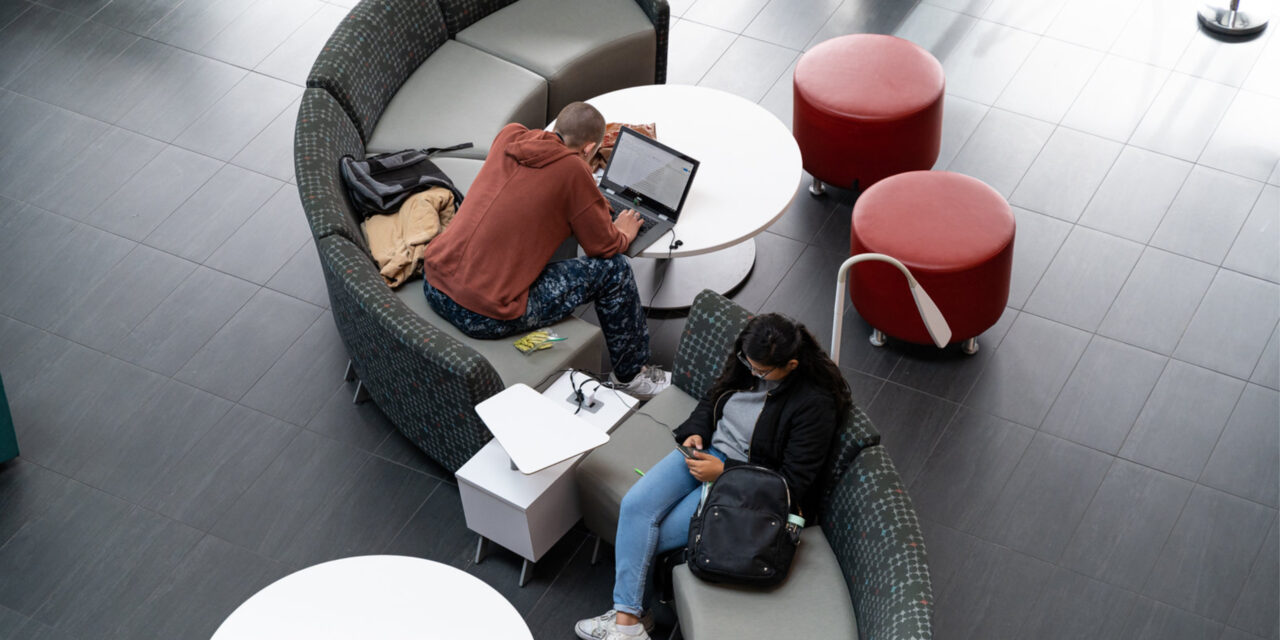
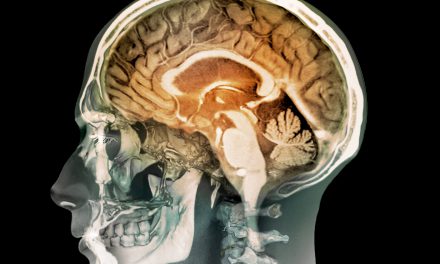
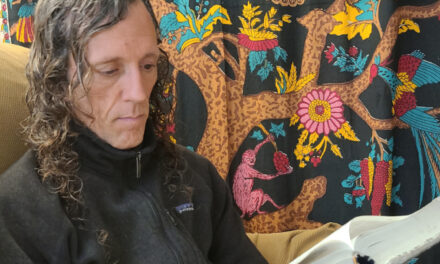

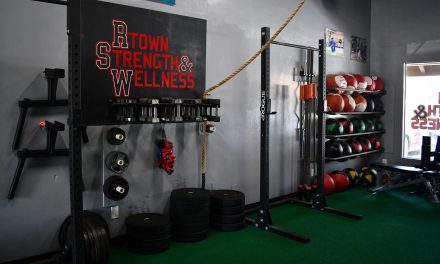
Recent Comments